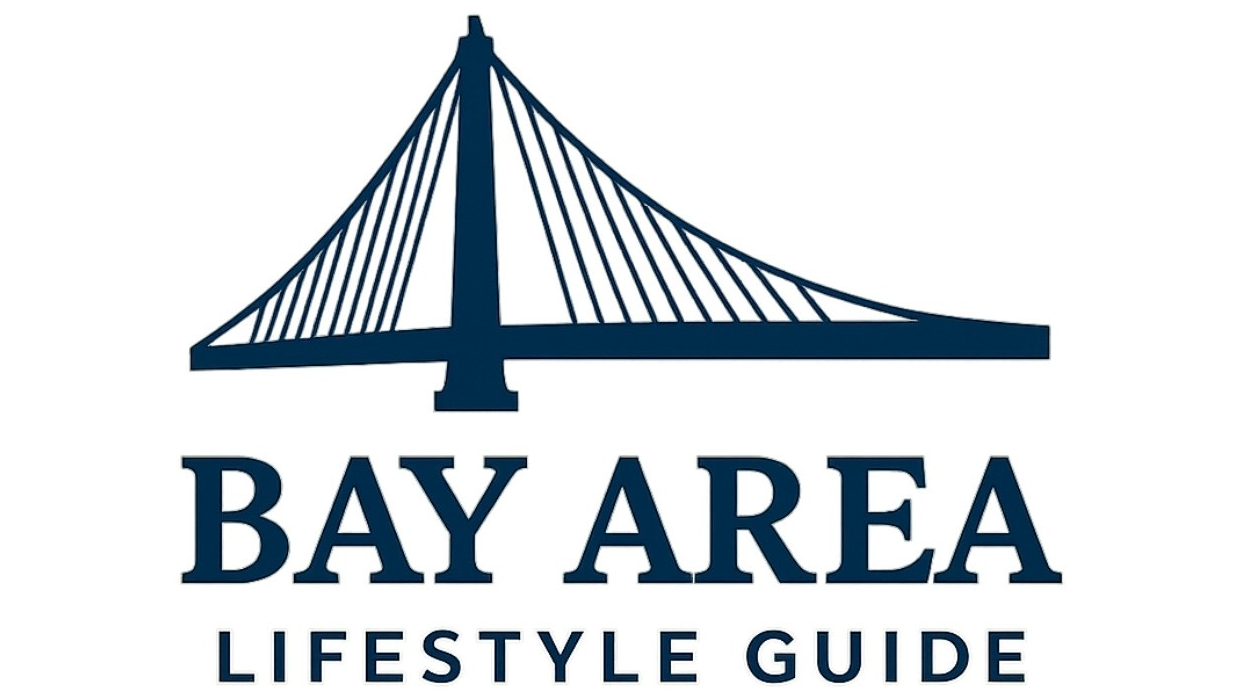
Hoboken’s Vision Zero Initiative: A Step Towards Safer Streets
The City of Hoboken is paving the way for a safer urban environment with the launch of its new automated parking enforcement program, aptly named CLEAR (Camera-based License plate Enforcement for Access and Response times). Starting October 1, this initiative aims to ensure that emergency vehicles, public transit, and cyclists are able to navigate Washington Street safely and effectively.
What's Driving the Change?
Ever since Hoboken adopted its Vision Zero Action Plan in 2021, the push for safer roadways has become increasingly urgent. With no traffic-related fatalities reported since 2017, city officials recognize the need for proactive measures to maintain this enviable safety record. Data collected recently indicate troubling trends: bike lanes were found to be obstructed an average of four and a half hours each day, accompanied by 68 instances of double parking and 158 blocked bus stops per day. These numbers reveal just how critical the CLEAR program is to ensuring safer streets for all residents.
Communities Thrive When Roads Are Safe
As the launch date approaches, Hoboken officials are emphasizing the importance of community engagement. Mayor Ravi Bhalla expressed hopes that the new automated system will not only enhance public safety but lead to a revitalization of downtown. "We’re hoping that it reshapes the center of the city in a way that advances our public safety objectives," he stated in a recent interview.
Public sentiment backing the initiative is promising: surveys indicate that 75% of respondents see double parking as a significant safety issue, and 68% favor stricter parking regulations. The community-driven feedback was pivotal in shaping the policies behind the CLEAR initiative, revealing that residents are eager to see change.
Learning from Other Cities: Proven Success
Hoboken isn’t navigating these waters alone; cities like Pittsburgh and Fort Lee have implemented similar programs with remarkable results. In Pittsburgh, double parking violations dropped by an astonishing 95% under the new system, showcasing the effectiveness of automated enforcement in curbing illegal parking behaviors.
This success story serves as a model for Hoboken, aimed at not only improving traffic flow but also ensuring the safety of cyclists and pedestrians—the most vulnerable road users. As Andrew Wilson, executive director of Bike Hoboken, puts it, “We avoid Washington Street.... it’s chaotic; the bike lanes are essentially unusable.” Programs like CLEAR will aim to change that narrative.
A Balancing Act: Addressing Concerns from Local Businesses
Despite the positive outlook, not all voices are in favor. Some local business owners have expressed concern regarding delivery access, especially as loading zones operate on restricted hours. The fear is that stricter enforcement of loading and double-parking regulations may hinder their operations. Business manager Pam L. at Louise and Jerry's highlighted the difficulties faced by drivers already struggling to make timely deliveries. However, Mayor Bhalla has assured that the city will actively collaborate with businesses to mitigate any potential repercussions.
Why This Matters Regionally
Hoboken's approach to road safety can serve as a wake-up call for nearby urban areas still grappling with their own parking enforcement issues. New York City, which is plagued by similar problems, is under increasing pressure from safety advocates who urge the implementation of more effective and innovative solutions. Currently, efforts to allow residents to report blocked bike lanes have faced pushback and legislative roadblocks that slow progress.
In Hoboken, however, the CLEAR initiative demonstrates that municipalities can take ownership of their parking policies and implement them for the wellbeing of their communities. The city has imposed bans on parking near corners—a practice known as daylighting—which has already contributed to their notable lack of traffic fatalities.
The Future of Urban Living
As the CLEAR program rolls out, it opens up avenues for further enhancements in urban planning and infrastructure. By prioritizing public safety in street design, cities can become more livable spaces for residents and visitors alike. These developings may not only improve safety but foster community interactions as sidewalks become more accessible and welcoming without obstructive parked vehicles.
It is easy to visualize a more vibrant Hoboken—a community thriving not just economically, but socially and environmentally, in an atmosphere where walking and cycling are safe and encouraged.
Community Involvement: Your Voice Matters
The CLEAR initiative isn’t just about automated cameras catching scofflaws; it represents a confluence of public policy and community input. As Hoboken moves toward a more inclusive future, residents are encouraged to voice their opinions and remain active participants in discussions about urban change. The desire for safe streets affects us all, and local voices should resonate in ongoing conversations about community safety and accessibility.
In conclusion, while there may be bumps along the way in the implementation of the CLEAR initiative, the cultural shift towards prioritizing public safety and responsible parking enforcement is a crucial step in a positive direction for Hoboken. The lessons learned here may echo across other cities as the movement towards safer streets takes center stage nationwide.
 Add Row
Add Row  Add
Add 



Write A Comment